Notable Generals of the American Civil War
The American Civil War was a defining moment in U.S. history, marked by iconic leaders who shaped its course. These leaders were not just military figures; they were symbols of their respective causes.
Each brought unique strategies and personalities to the battlefield, influencing the outcome of the war and leaving lasting legacies. As we delve into their stories, we’ll discover the fascinating blend of skill, strategy, and sometimes sheer luck that defined their careers.
Ulysses S. Grant: The Unyielding Union Commander
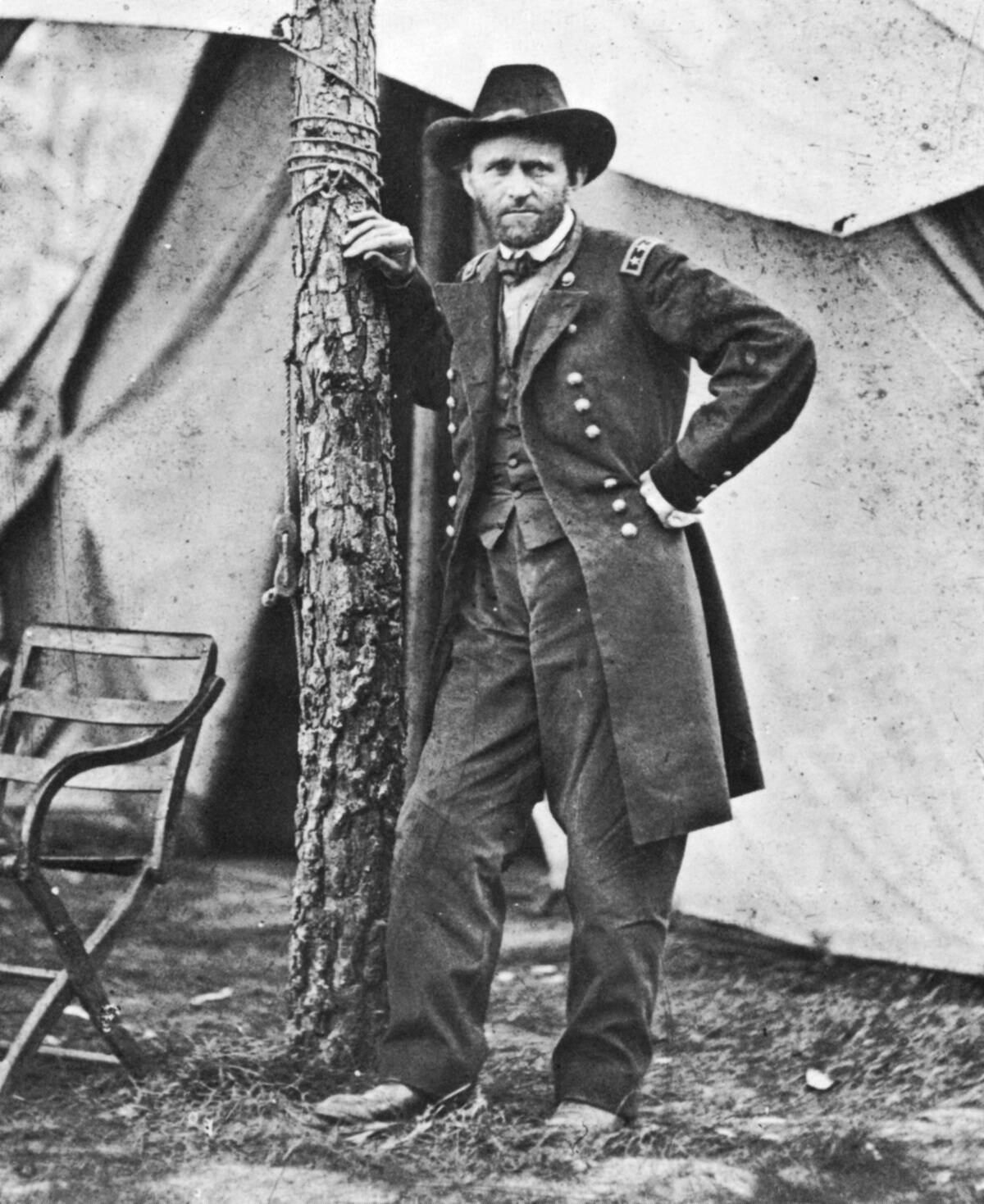
Ulysses S. Grant was a steadfast leader whose resilience and strategic prowess turned the tide in favor of the Union. Known for his determination, Grant was pivotal in key victories at Vicksburg and Appomattox.
His ‘unconditional surrender’ demand at Fort Donelson earned him national fame. Despite facing criticism for high casualties, Grant’s focus on total victory helped bring the conflict to a close, ultimately paving the way for his presidency.
Robert E. Lee: The Southern Icon and Tactical Genius
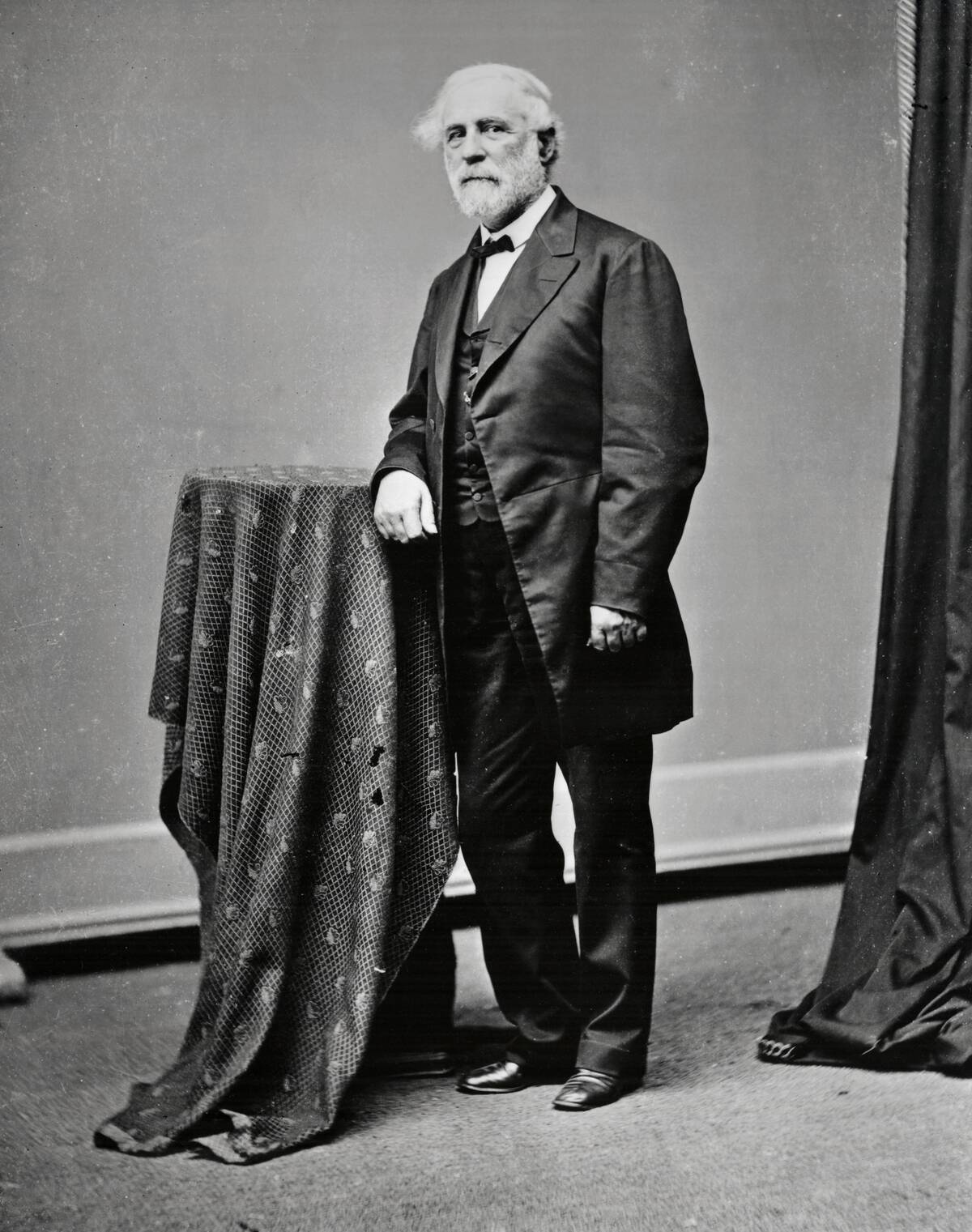
Robert E. Lee was a revered commander of the Confederate Army, celebrated for his tactical brilliance and leadership. His ability to win battles despite being often outnumbered, like at Chancellorsville, made him a Southern hero.
Lee’s decision to invade the North led to the Battle of Gettysburg, a turning point in the war. Although ultimately defeated, his legacy as a leader remains influential in American military history.
William Tecumseh Sherman: The Master of Total War
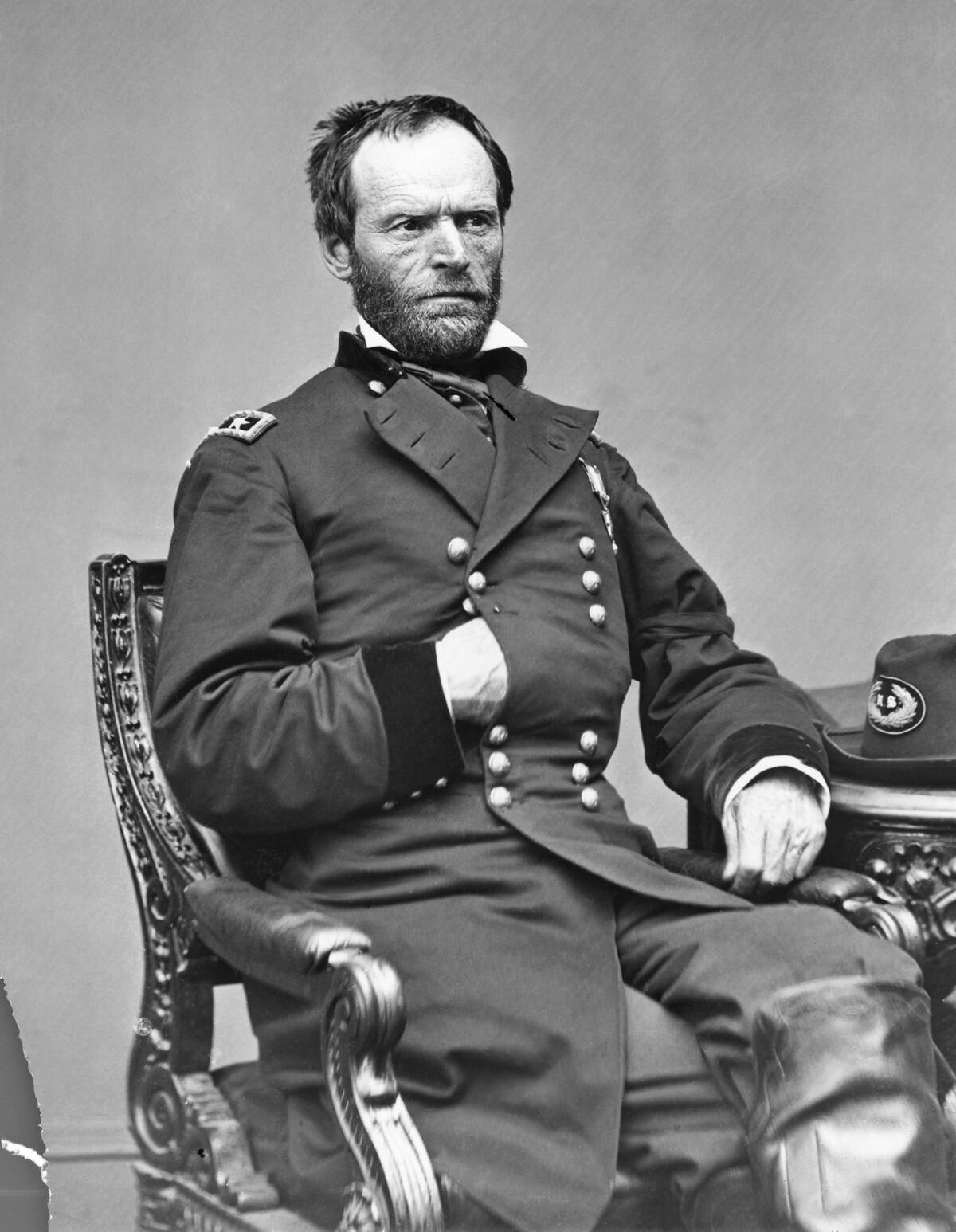
William Tecumseh Sherman is remembered for his ‘scorched earth’ tactics, which reshaped military strategy. His March to the Sea devastated the Confederate heartland, undermining their ability to sustain the war.
Sherman’s methods were controversial but effective, as they significantly weakened the South’s war effort.
Stonewall Jackson: The Fearless Confederate Icon
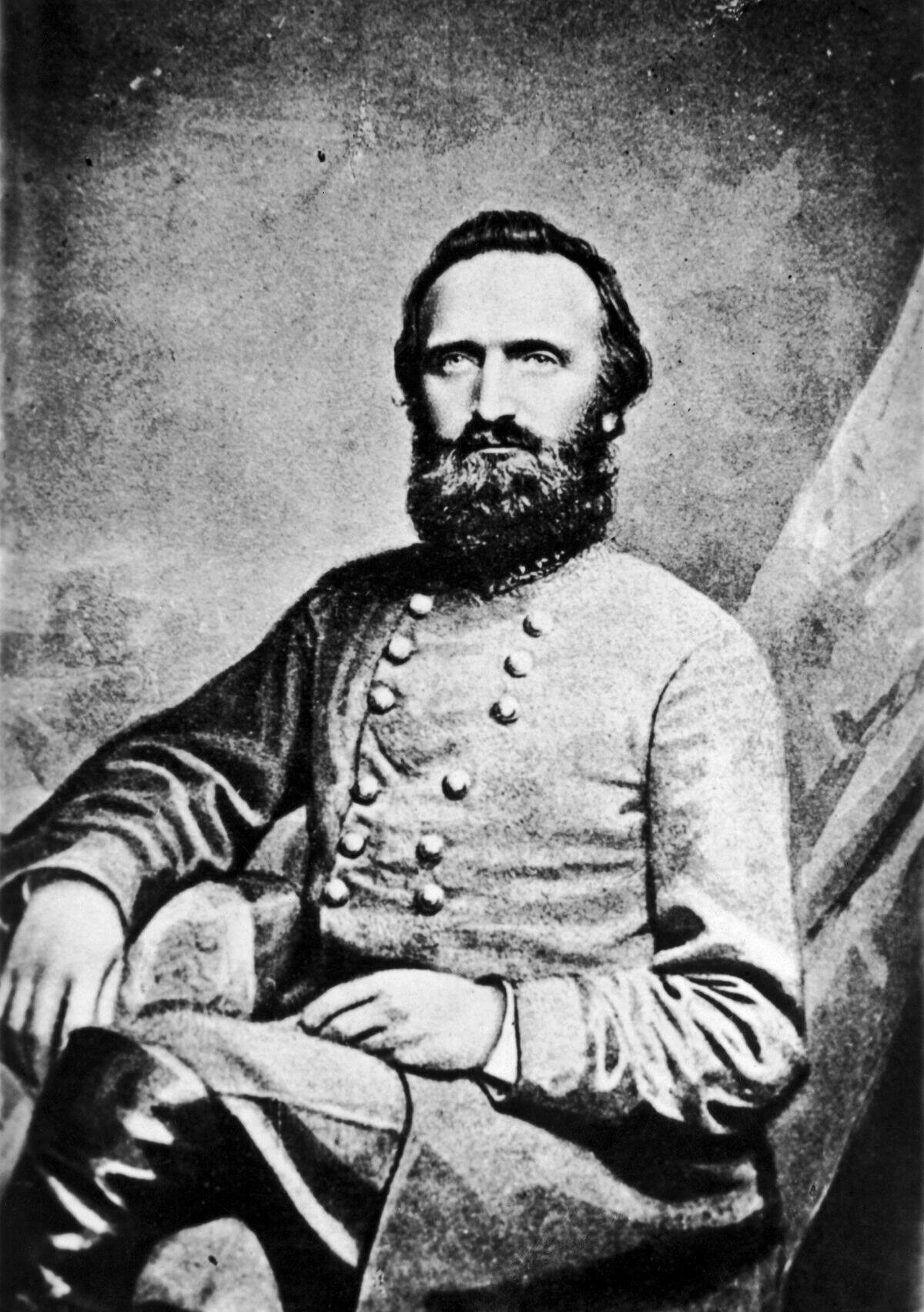
Thomas ‘Stonewall’ Jackson was a legendary Confederate general known for his fearlessness and tactical acumen. His stand at the First Battle of Bull Run earned him the nickname ‘Stonewall,’ symbolizing his unyielding spirit.
Jackson’s swift maneuvers in the Shenandoah Valley Campaign demonstrated his prowess in outflanking Union forces. His career was cut short by friendly fire at Chancellorsville, robbing the Confederacy of one of its most effective commanders.
George McClellan: The Cautious Union Visionary
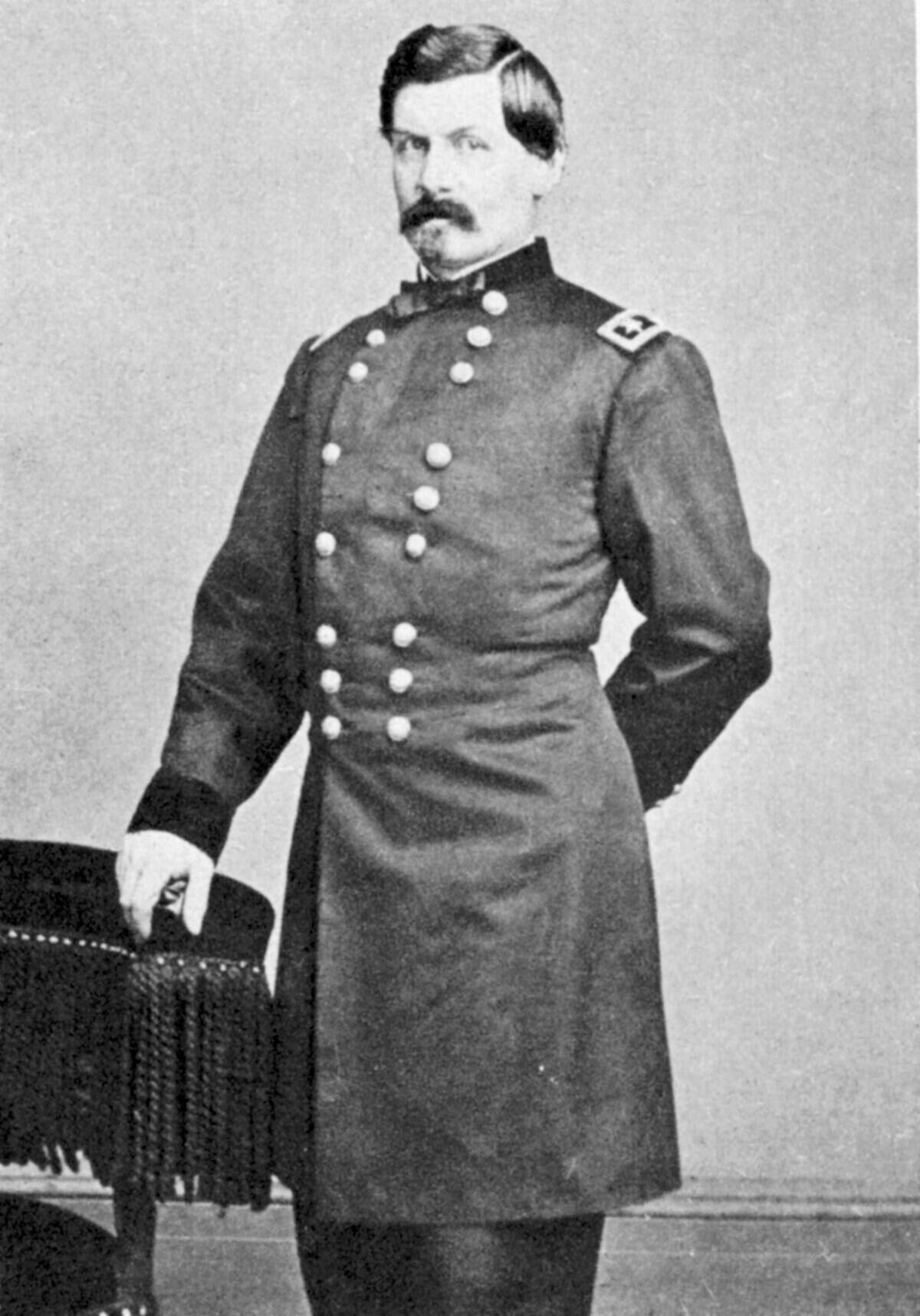
George McClellan was a meticulous planner whose cautious nature both aided and hindered the Union cause. Appointed as a young commander, his organizational skills transformed the Army of the Potomac into a formidable force.
However, his reluctance to aggressively pursue Confederate forces led to missed opportunities. McClellan’s complicated legacy includes his removal by Lincoln and a subsequent unsuccessful presidential bid against him in 1864.
Joseph E. Johnston: The Resilient Confederate Defender
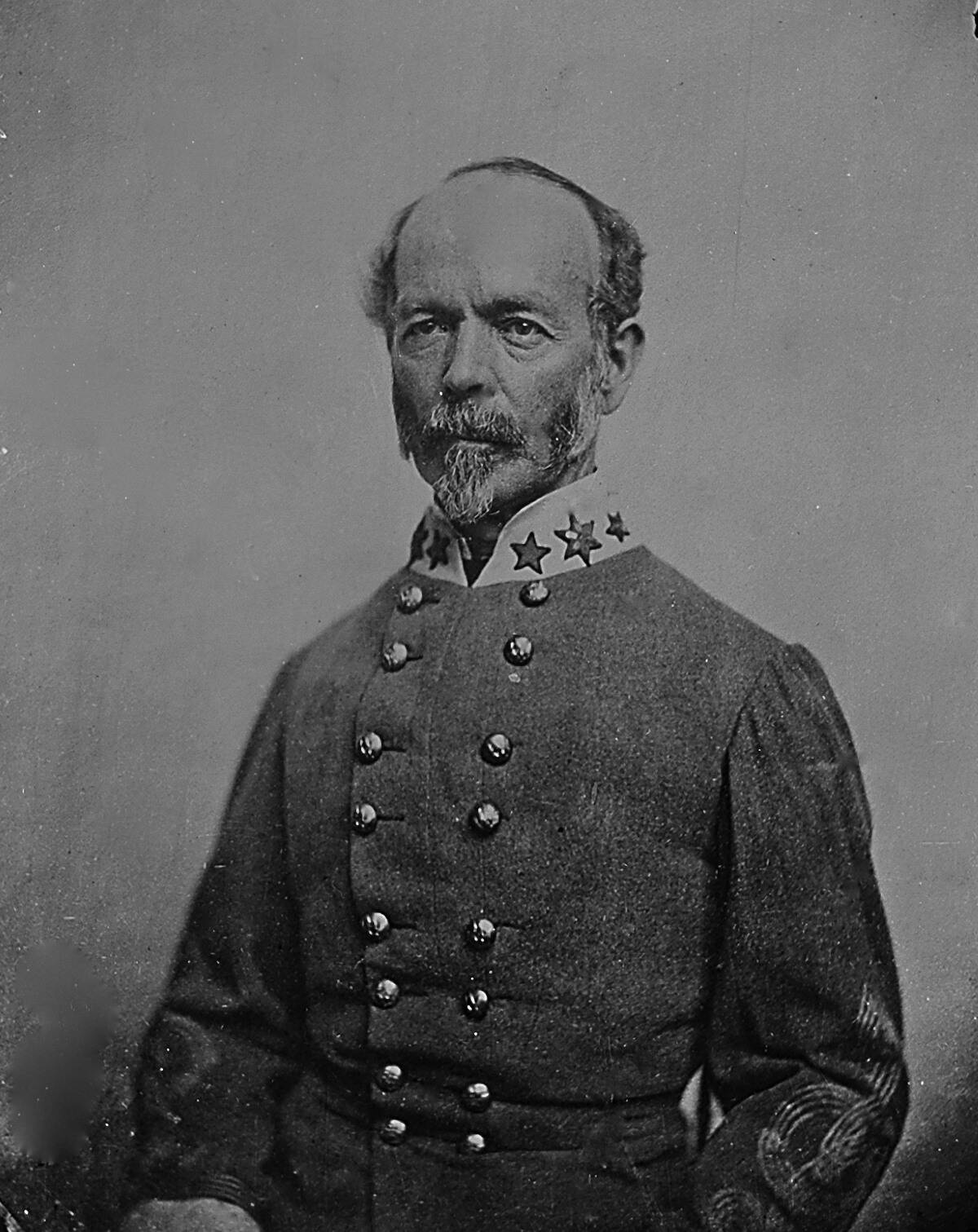
Joseph E. Johnston was a Confederate general known for his defensive strategies and ability to preserve his forces. His tactics during the Peninsula Campaign frustrated Union advances, showcasing his knack for defensive warfare.
Johnston’s cautious nature often put him at odds with Confederate President Jefferson Davis, leading to his replacement multiple times. Despite these challenges, his resilience and ability to adapt were key to prolonging the Confederate resistance.
Philip Sheridan: The Union Cavalry Dynamo
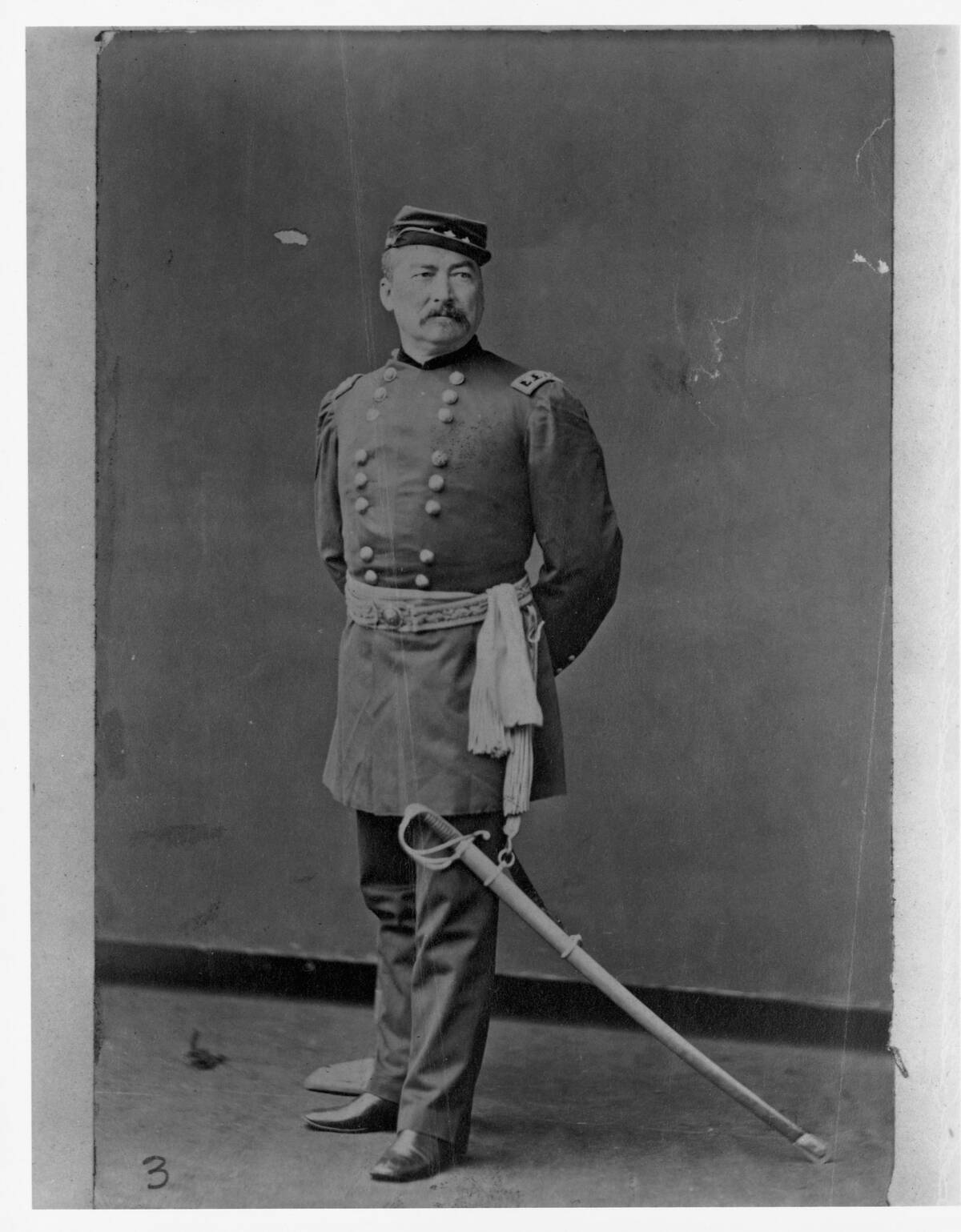
Philip Sheridan was a dynamic Union cavalry commander whose aggressive tactics earned him a reputation for effectiveness. His leadership in the Shenandoah Valley Campaign of 1864 helped cripple Confederate logistics and morale.
Sheridan’s famous ride to rally his troops at the Battle of Cedar Creek became legendary. His post-war efforts included overseeing the rebuilding of the South, solidifying his place as a transformative figure in both military and civil arenas.
James Longstreet: Lee’s Reliable Lieutenant
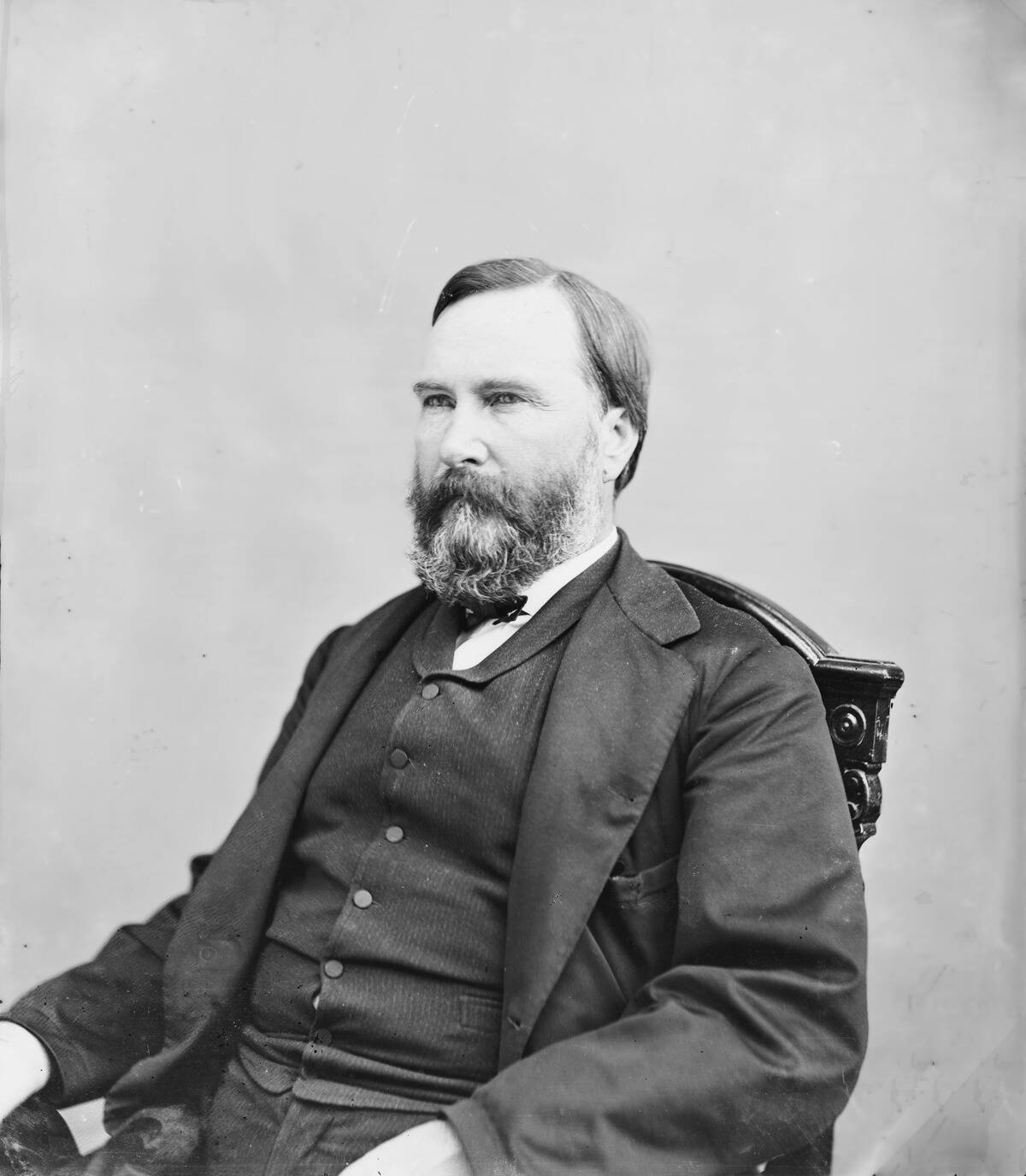
James Longstreet served as a trusted lieutenant under Robert E. Lee, playing a crucial role in many Confederate victories. Known for his defensive strategies, Longstreet’s actions at the Battle of Antietam and Fredericksburg were instrumental.
His advocacy for strategic defensive warfare often clashed with Lee’s aggressive tactics. After the war, Longstreet faced criticism in the South for his cooperation with Reconstruction efforts, yet his military contributions remain respected.
George Meade: Victor of Gettysburg
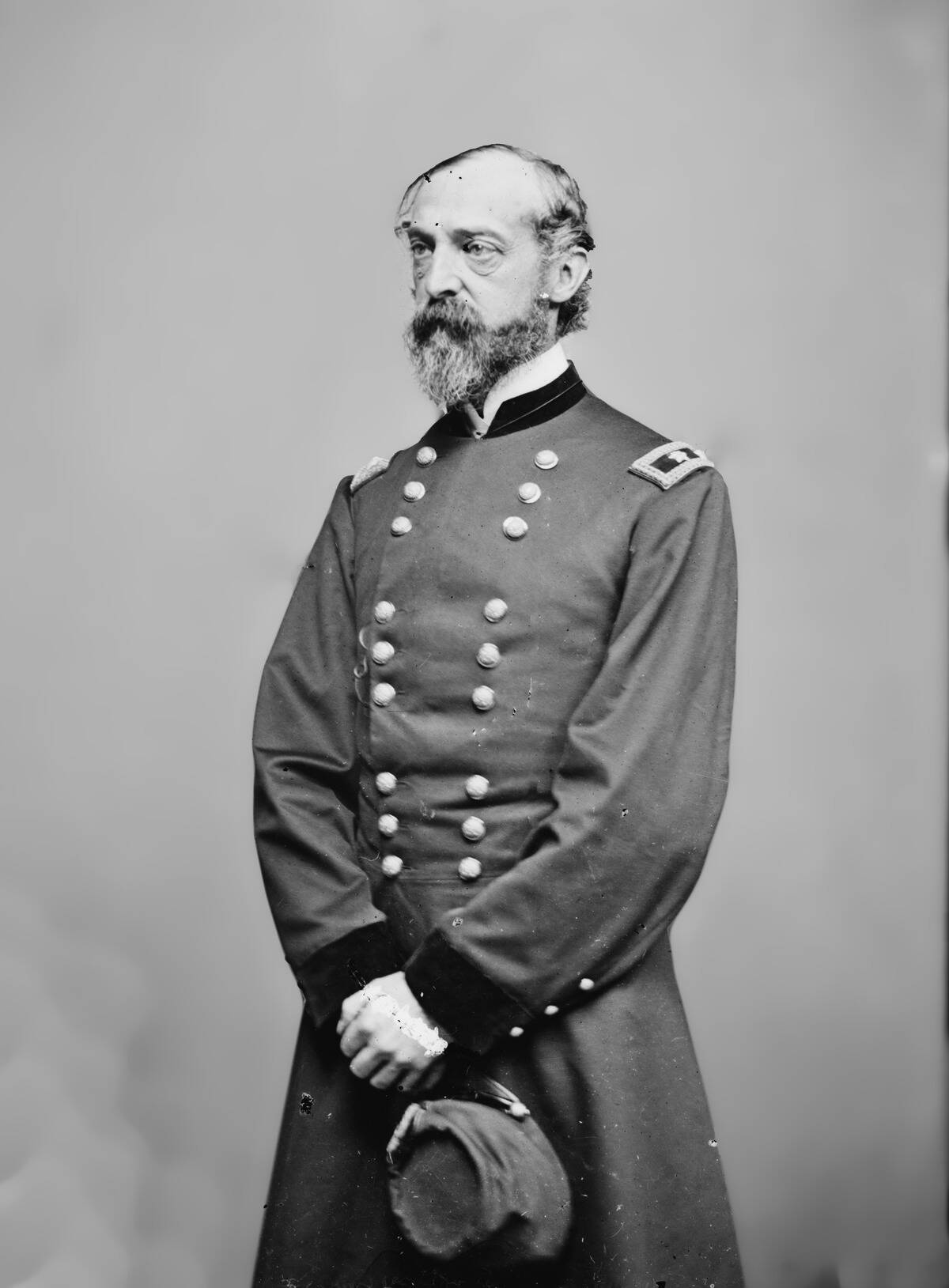
George Meade is best known for his pivotal role as the Union commander at the Battle of Gettysburg. Appointed just days before the battle, Meade’s leadership resulted in a critical victory for the Union.
His ability to hold the high ground and repel Pickett’s Charge marked a turning point in the war. Despite his success, Meade was often overshadowed by Grant, yet his tactical acumen was vital in preserving the Union.
J.E.B. Stuart: The Dashing Confederate Cavalryman
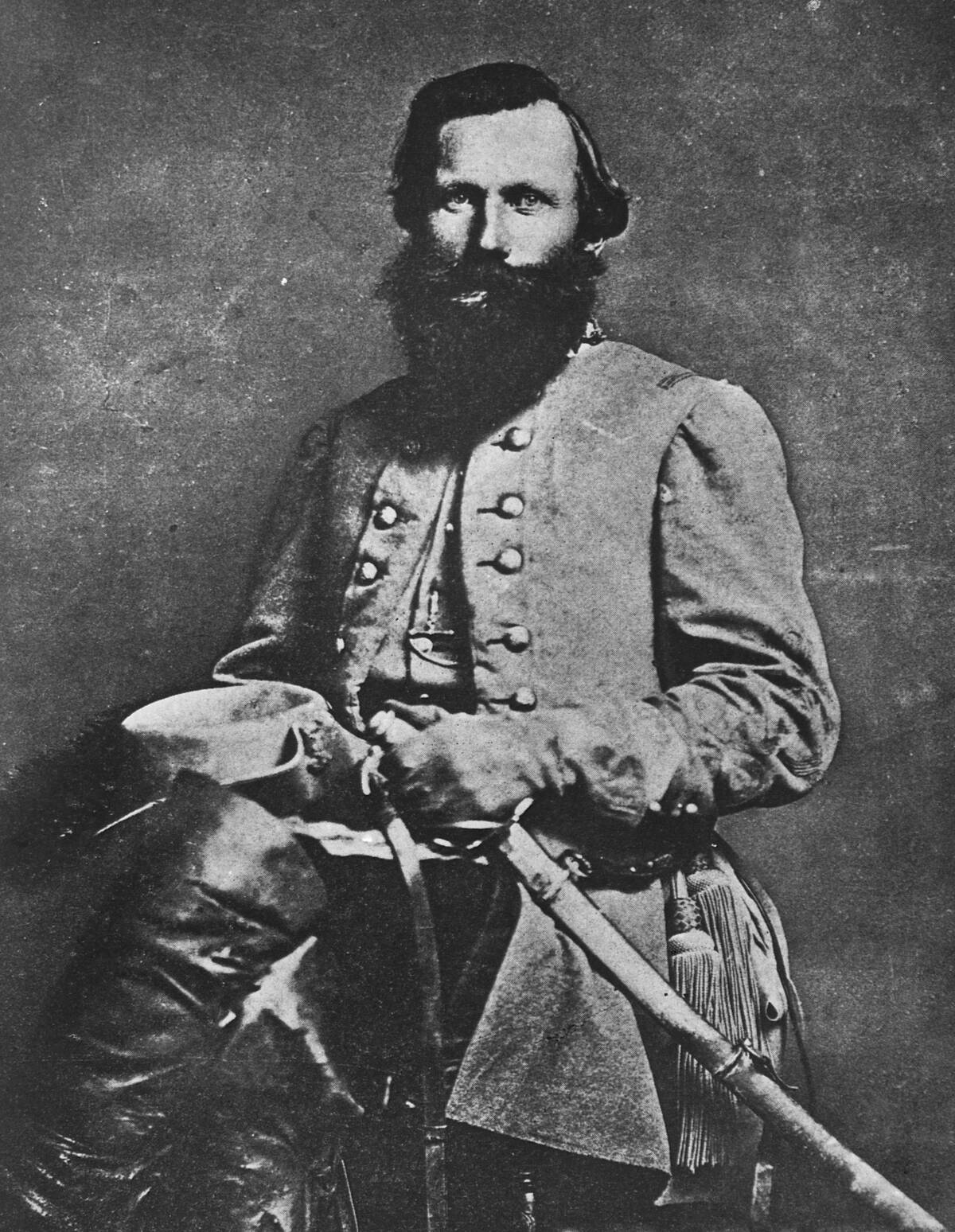
J.E.B. Stuart was a charismatic Confederate cavalry commander known for his bold reconnaissance missions. His flamboyant style and daring raids disrupted Union supply lines and provided valuable intelligence.
However, his absence during critical moments of the Gettysburg Campaign led to controversy. Stuart’s death in 1864 was a significant blow to the Confederate cavalry, yet his legacy as a dashing and daring leader endures.
Ambrose Burnside: Renowned for More Than His Sideburns
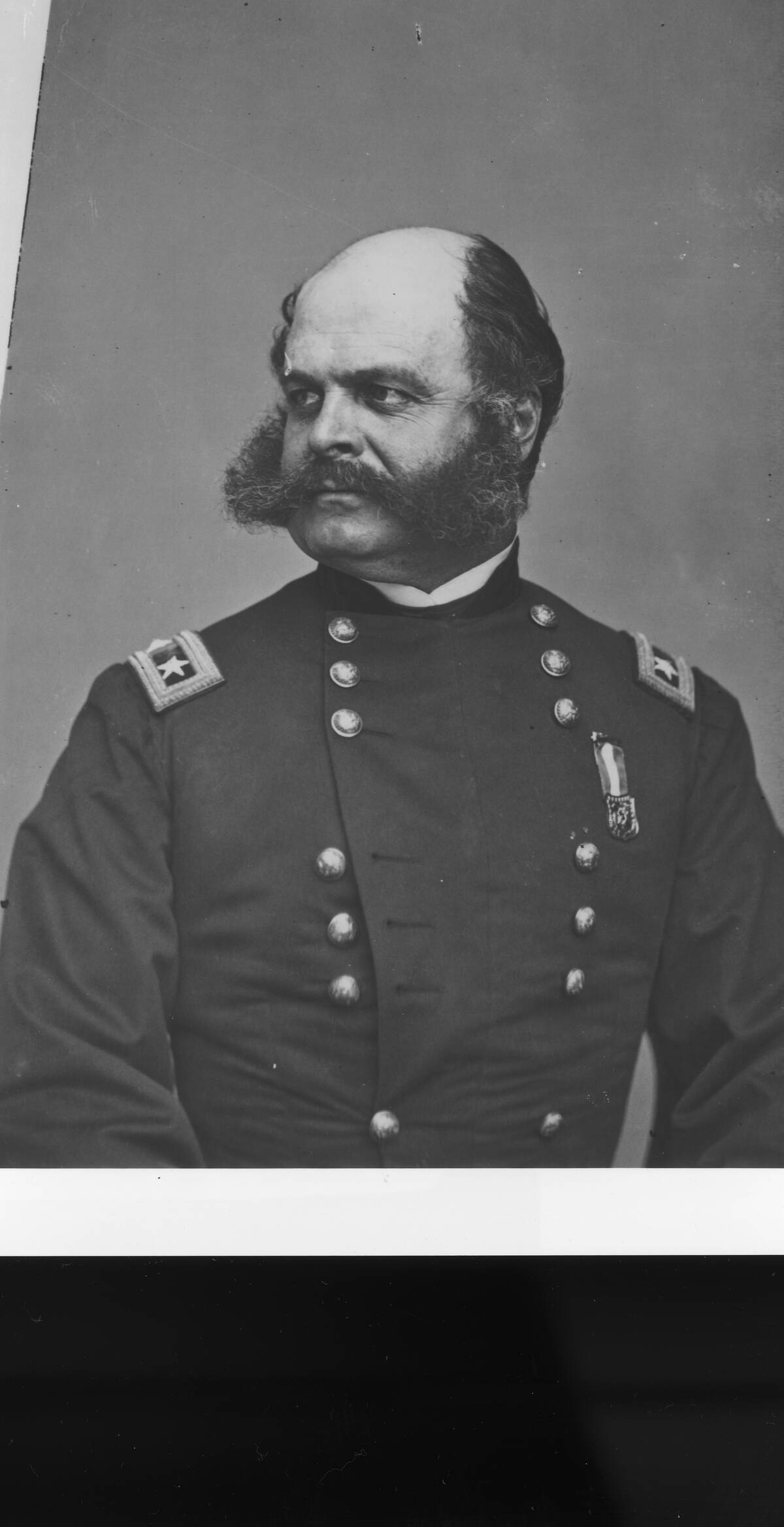
Ambrose Burnside is often remembered for the distinctive sideburns that bear his name, but his military career was more than a hairstyle. As a Union general, Burnside experienced mixed success; his leadership at the Battle of Fredericksburg resulted in heavy Union losses.
Despite setbacks, he played crucial roles in other campaigns, such as the Siege of Knoxville. After the war, Burnside served as a U.S. senator, demonstrating his enduring commitment to public service.
Braxton Bragg: The Controversial Confederate Commander
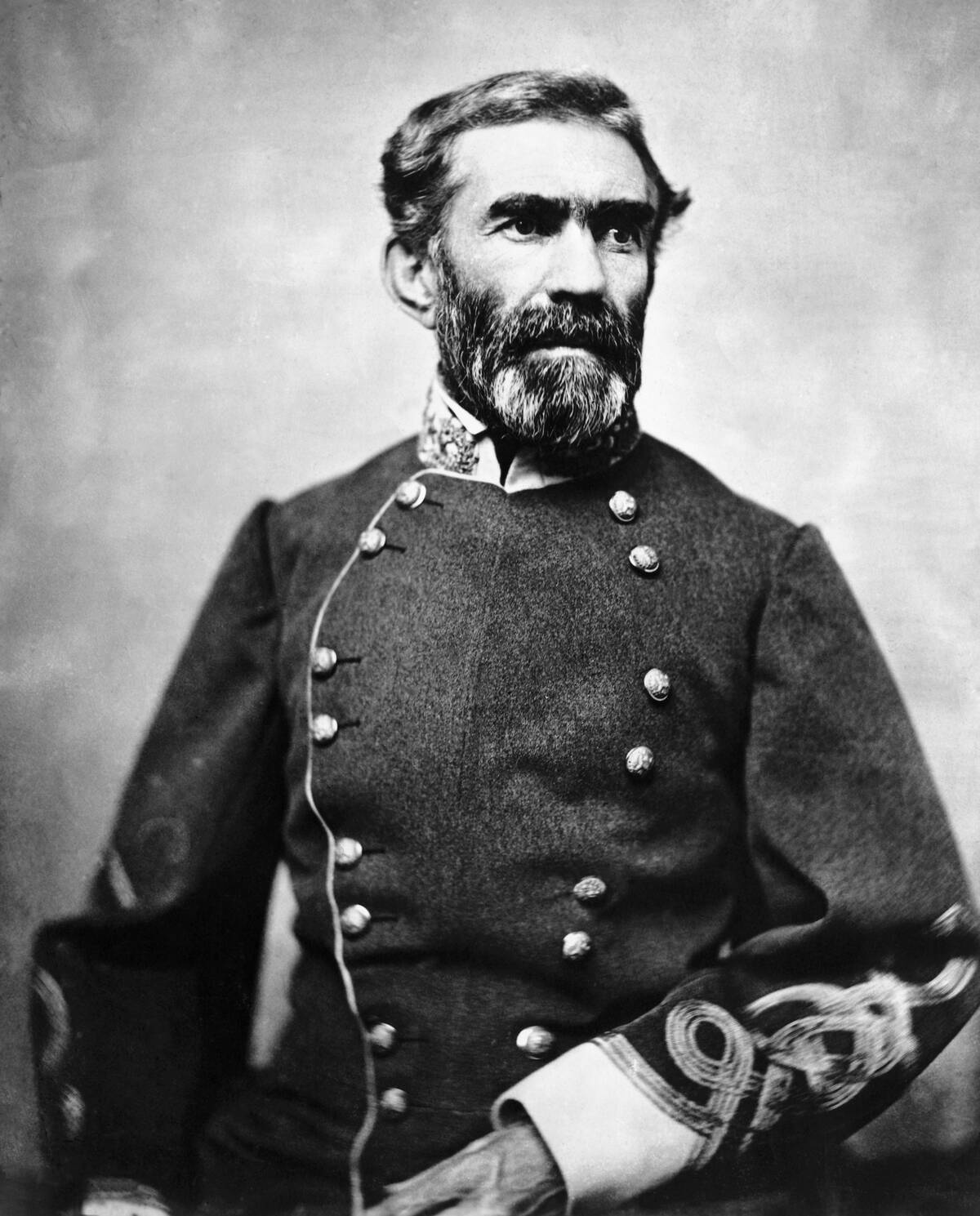
Braxton Bragg was a Confederate general known for his contentious leadership style and mixed battlefield record. His victory at the Battle of Chickamauga was overshadowed by subsequent defeats at Chattanooga.
Bragg’s abrasive personality often led to conflicts with subordinates and a lack of cohesion within his command. Despite his controversies, he remained a key figure in the Western Theater, and his strategic decisions continue to be analyzed by historians.
John Bell Hood: The Aggressive Leader of the South
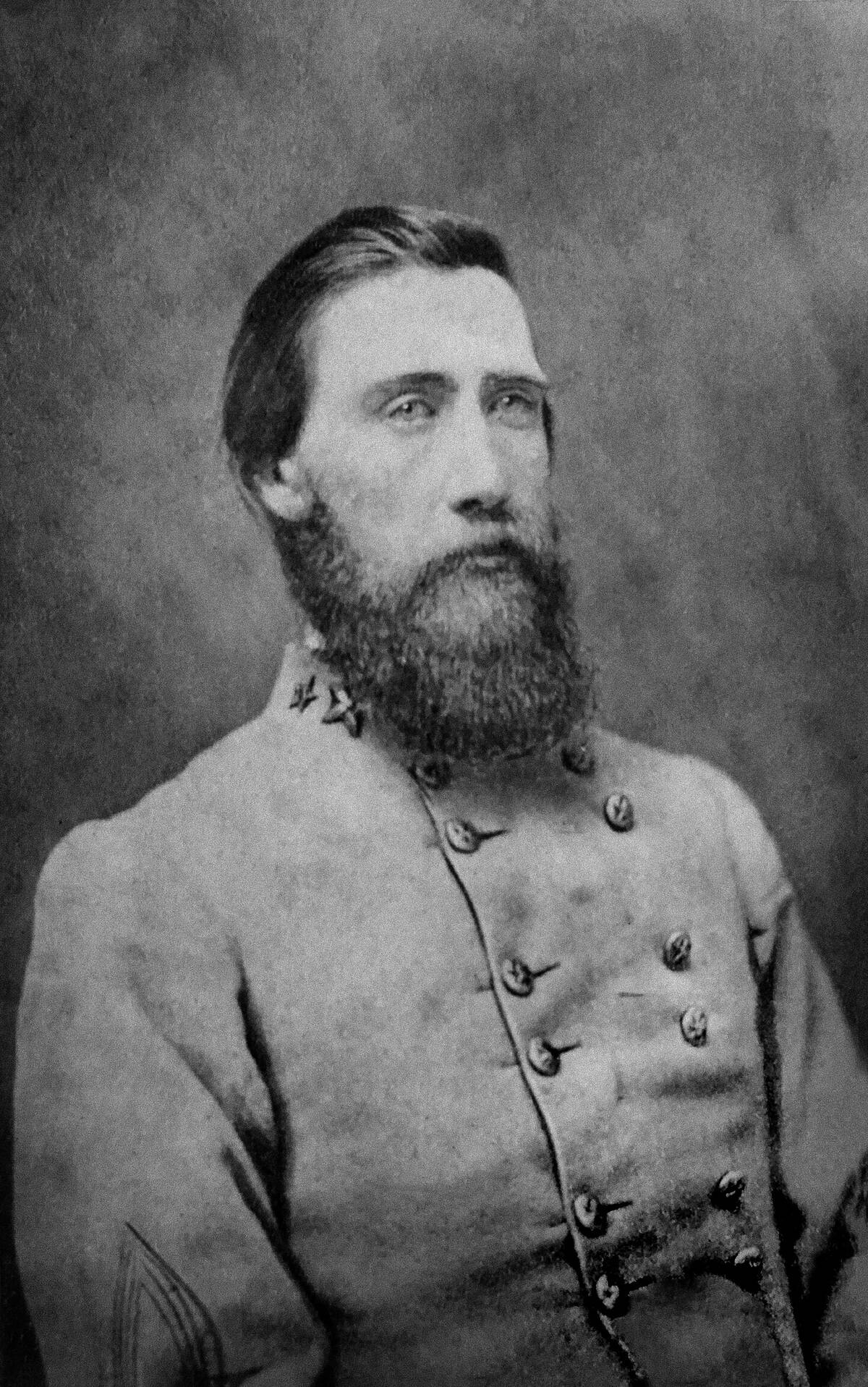
John Bell Hood was a Confederate general noted for his aggressive tactics and bold leadership style. Taking command of the Army of Tennessee, Hood launched daring offensives, such as the Franklin-Nashville Campaign.
His willingness to engage in direct assaults often resulted in heavy casualties, culminating in significant losses for the Confederacy. Hood’s military career was marked by both bravery and controversy, leaving a complex legacy in Southern military history.
Winfield Scott Hancock: The Union’s “Superb” General
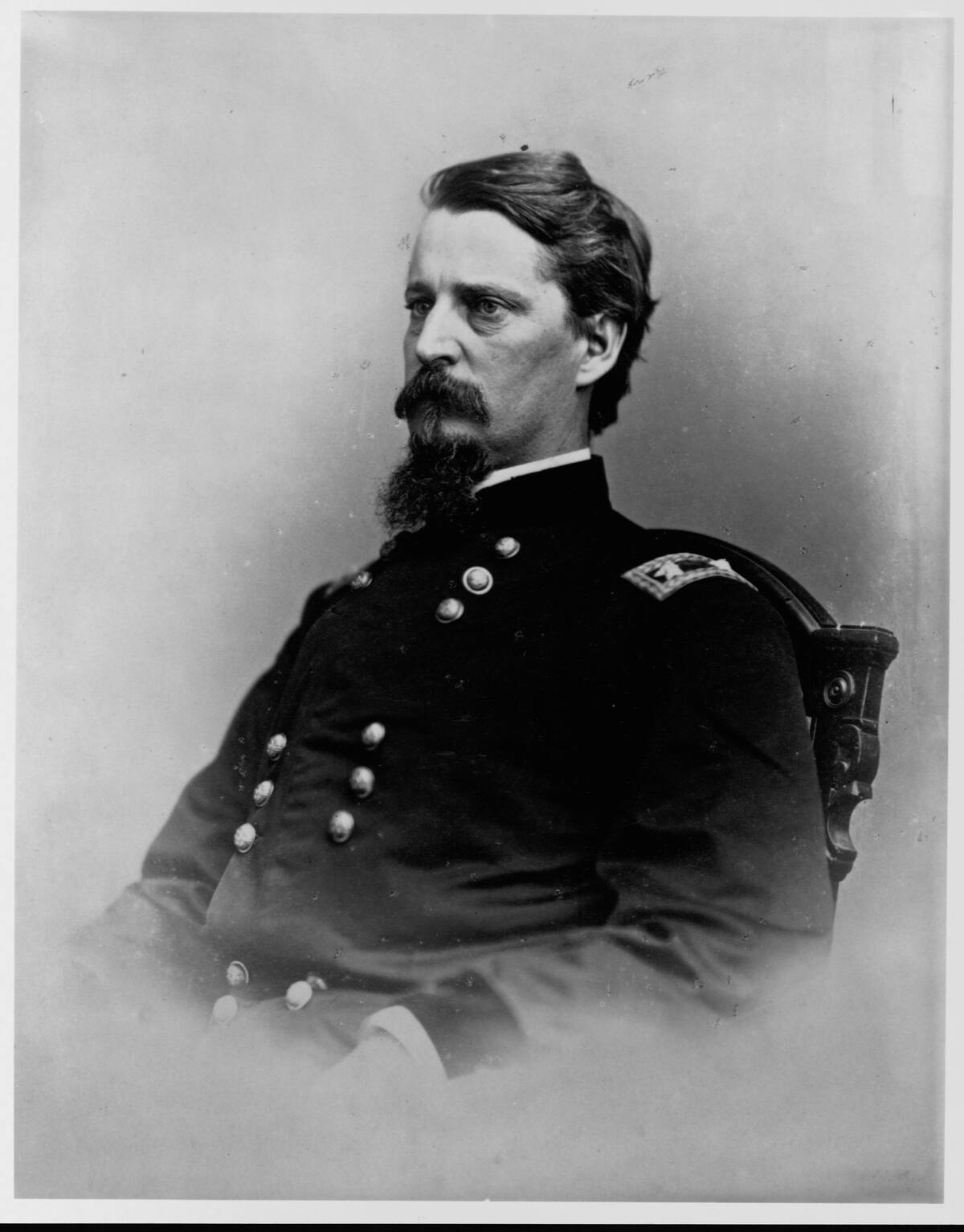
Winfield Scott Hancock was a Union general celebrated for his leadership and bravery on the battlefield. Known as “Hancock the Superb,” his command at the Battle of Gettysburg was crucial in repelling Confederate forces.
Hancock’s ability to inspire his men and maintain composure under fire earned him widespread respect. After the war, his distinguished military service and political involvement, including a presidential run, cemented his status as a notable American figure.
P.G.T. Beauregard: The Architect of the War’s First Shots
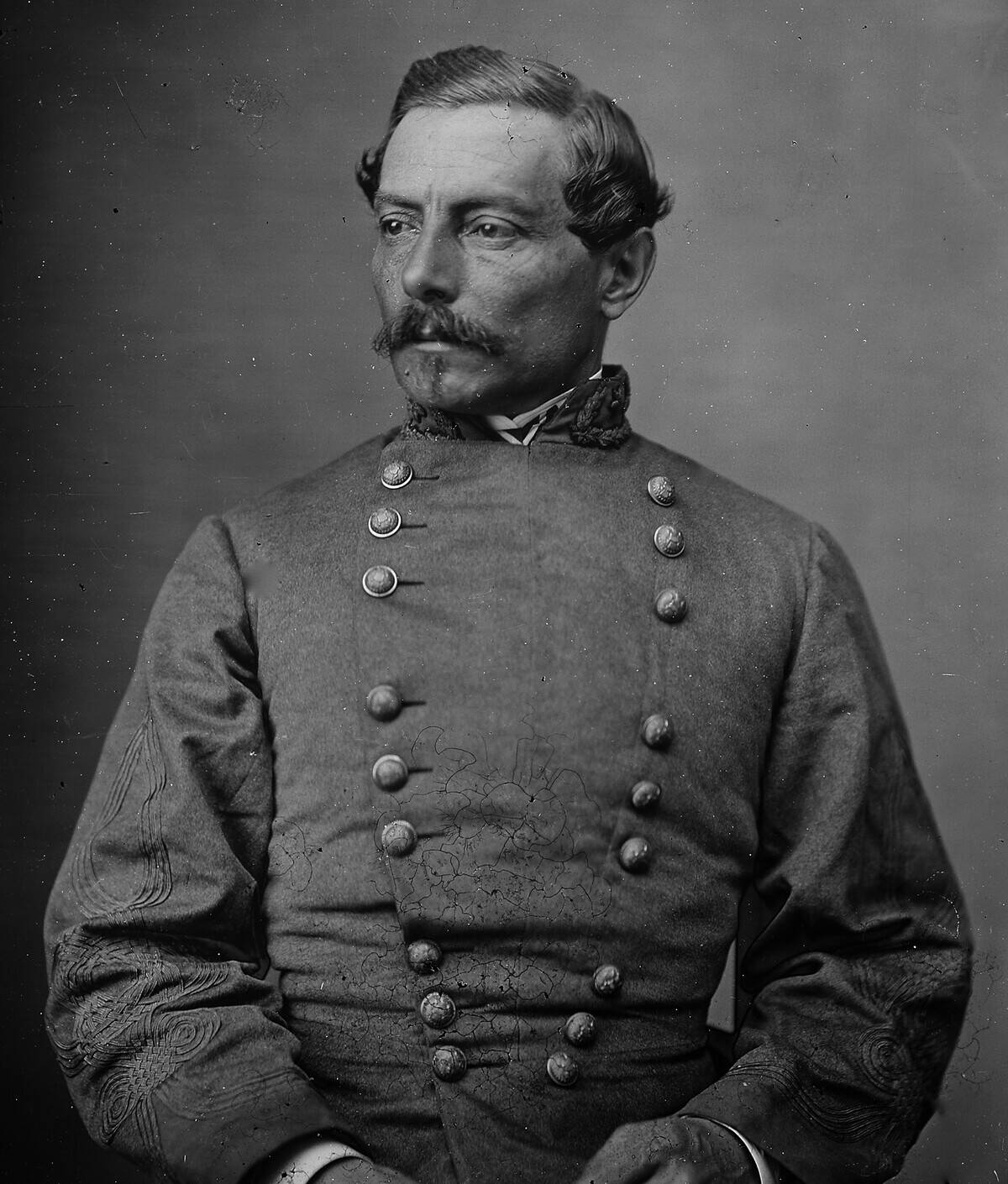
P.G.T. Beauregard was a Confederate general who played a pivotal role in the early stages of the Civil War. He orchestrated the attack on Fort Sumter, marking the official start of the conflict.
Beauregard’s leadership at the First Battle of Bull Run showcased his tactical skills. Despite early successes, his career was marked by disagreements with Confederate leadership, leading to diminished influence. Nevertheless, his role in the war’s opening acts remains significant.
Nathan Bedford Forrest: The Cavalry Wizard of the Confederacy
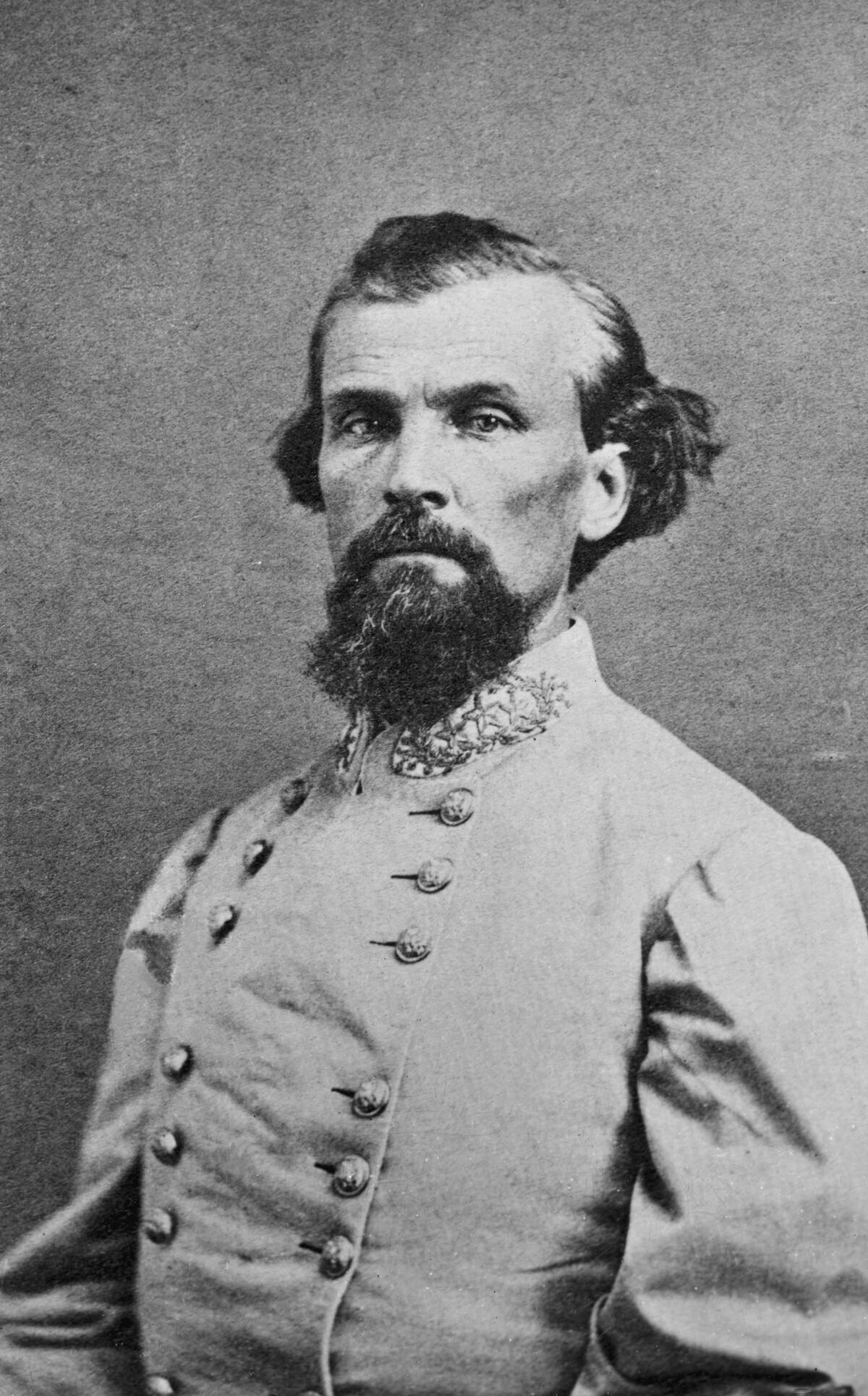
Nathan Bedford Forrest was a self-taught cavalry commander whose unconventional tactics earned him a fearsome reputation. Known for his rapid maneuvers and daring raids, Forrest’s actions disrupted Union supply lines and communications.
His famous quote, “Get there firstest with the mostest,” reflects his approach to warfare. However, Forrest’s post-war involvement with the Ku Klux Klan tarnished his legacy, complicating his historical standing as a military innovator.



